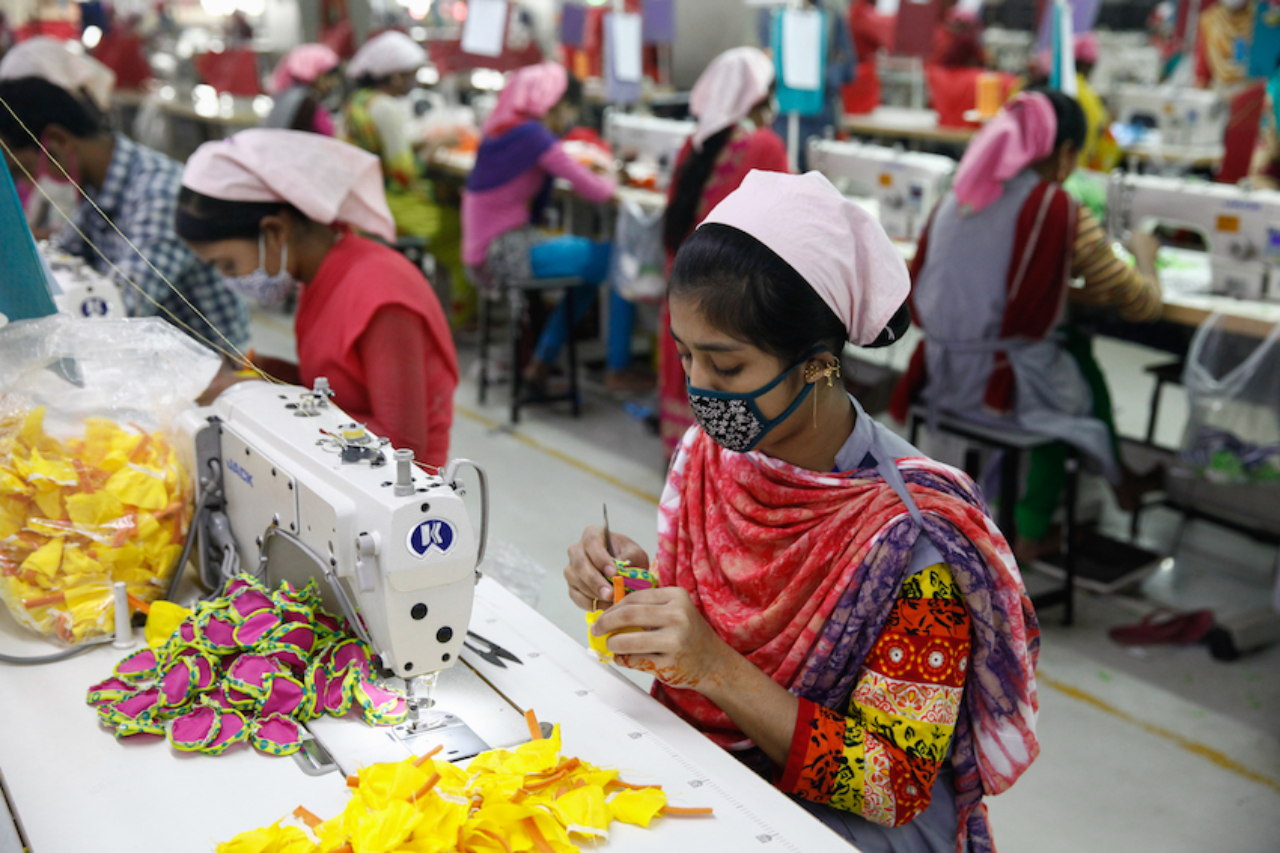About the Center
Global development
Advancing Inclusive Growth to End Extreme Poverty
Oct 22, 2018

Bangladeshi workers at a garments factory in Gazipur outskirts of Dhaka on February 17, 2018. (Photo by Mehedi Hasan/NurPhoto via Getty Images)
Arturo Franco
VICE PRESIDENT, DATA & INSIGHTS
Payal Dalal
VICE PRESIDENT, GLOBAL PROGRAMS